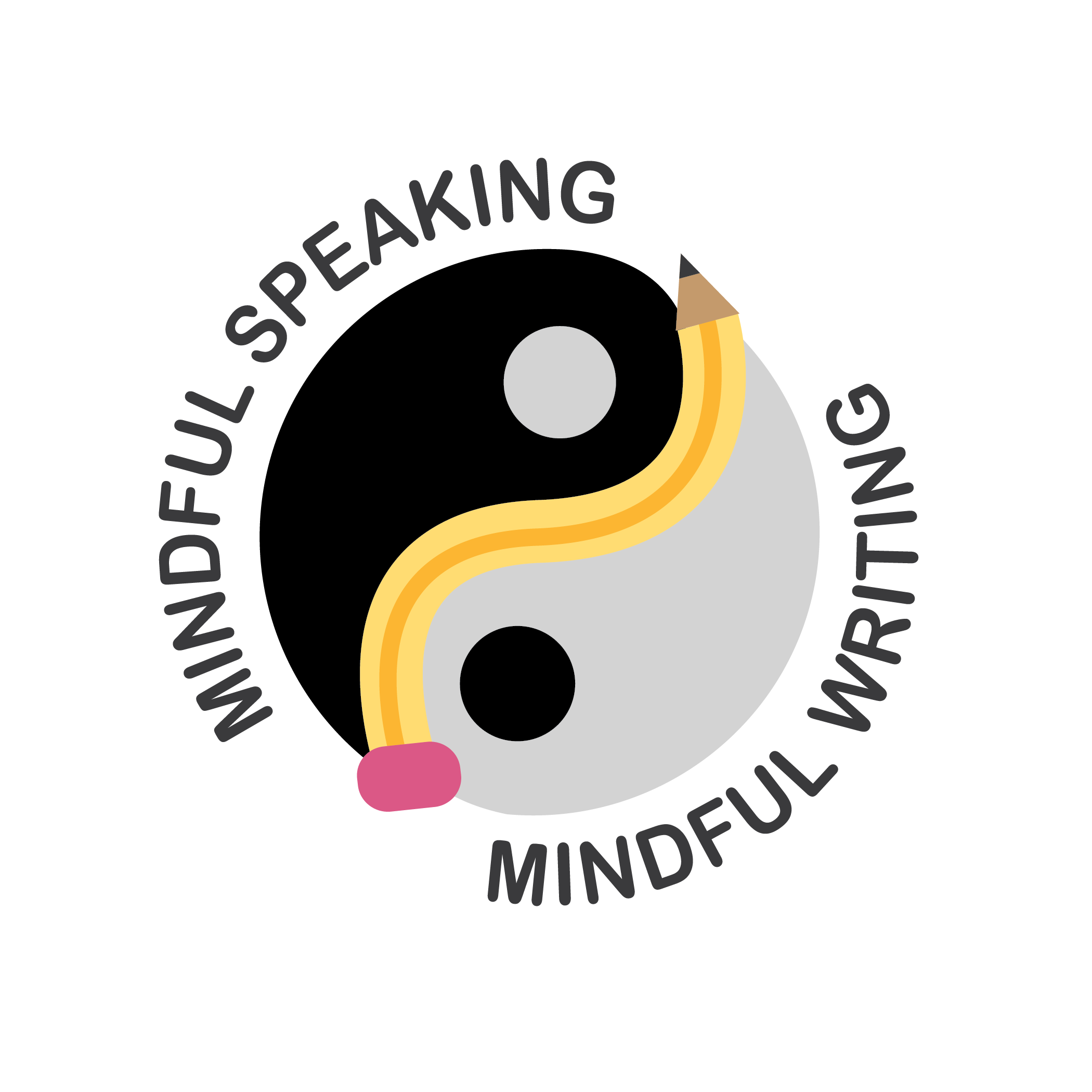
Memoir writing is a marathon, not a sprint.
Most aspiring memoirists I’ve worked with struggle with keeping their motivation up; writing consistently; overcoming rejection; dealing with their own internal critic; fitting writing in to a busy life with multiple priorities; bouts of writers block; dealing with rejection and other similar “motivational” problems. These problems of “Spirit” are every bit as crucial for writers to address as the many craft issues that are typically the subject matter in most classes or books on writing.
Think about your own motivation as a writer. Is it hard to maintain a consistent writing schedule? How do you prioritize writing on the ever present To Do list? Are you able to follow through, or do you find yourself distracted and seduced by the myriad “urgent” details of life? When you run into difficult places in your writing or experience rejection, do you lose your steam, fall into a funk, abandon the project for a while? A “yes” answer to one or more of these questions (as I’ve had so many times while on the writer’s journey) may indicate that you should pay attention to “Writer’s Spirit.”
Doing and Being
I advise my writing clients to look at their behavior and mood from two points of view, that must work hand in hand. The first is “Doing” and the second is “Being.” Let’s consider these separately.
Doing is about discipline, consistency, routine, goal setting, time management, logistical support, will etc. It’s about the work, the doing. It is the traditional area of focus for people who are struggling to follow through on their intentions. Doing tends to involve mostly left brain activity. Particularly in creative tasks (such as writing a memoir), you can’t get there through this path alone. Too much determination and will constricts the flow and kills the creativity.
Being is about vision, purpose, inspiration, intuition, joy, fulfillment, natural enthusiasm. Being is about play. It’s harder to define exactly and measure precisely than is doing, but your state of being has huge impact on your success as a writer. Being tends to be more of a right brain activity. It opens us up, expands our world, and enhances the creative flow. Don’t leave home without it.
Look at Both Sides of the Coin
What’s essential is to work towards keeping a well balanced approach. If you have a low level of both doing and being, you are going nowhere. But if you’re reading this article, this description does not fit you.
You might have a higher level of doing or work effort, but not much flow. Do you make plans, set intentions, goals and schedules, write diligently for a while and then lose interest, burn out, or get discouraged and drop out? A high doing / low being writer lives in a world that can become “drudgery.” Such a writer is likely to get discouraged and burn out because writing is “work, work, work.” He/she is very unlikely to sustain the kind of effort it takes to write a memoir.And very unlikely to bring the best of the creative spirit to the task.
By contrast, think of the writer who is filled with “being” – lots of enthusiasm and purpose, but who has low levels of discipline and routine. Such a writer will often talk a good game, but produce sporadically if at all. The lack of productivity quickly becomes a self-fulfilling prophecy, and the well dries up. The high being/low doing writer lives in “la-la land,” full of promise and exciting talk, but often lacks the discipline to sit down and do the writing.
By far the highest likelihood of success goes to the writer who balances a higher level of doing (work, effort, discipline) with a higher level of being (play, flow, inspiration). Such a writer soars. She has the resilience to make it through the inevitable rejections and the stamina to keep going, even when the going is tough. This writer flows with the best of her own creative talent.
I work with memoirists to help them move along the axis of flow, to balance doing with being, effort with flow, so they can soar more consistently, write more fluently, and enjoy the journey more. For now, let’s look briefly at one action you might take to strengthen either your doing or your being, depending on where you think there is the most opportunity for growth.
Taking Effective Action
Think of one action on the doing scale, and one on the being scale, that are appropriate to you at this point, that are challenging but manageable. For example, on the doing scale, if you haven’t set specific writing goals, create a specific, manageable writing goal now. The more trouble you are having, the shorter should be the time frame and the more limited the task you set for yourself. For example, “I will write for at least a half hour, two days this week.” (Or whatever goal feels like a challenge, but well within your range. Make the goal specific and measureable.) Now, on the being scale, look for something that is fun, a specific way to reward yourself when you meet your goal. Maybe you will buy a book, or go to a movie, of whatever you choose. The point is to link together something that will enhance your performance on the doing axis with something on the being. Keep work and fun in balance. And if you can find one action that represents both doing and being at the same time, a way to play, for example, with your writing, do that.
The purpose in this little exercise is to become aware of where you are on the work-doing/play-being balance and to experience some success in strengthening the balance between these two critical dimensions of performance. Regardless of how you did, acknowledge yourself for taking a first step: engaging in becoming more aware of your own writing patterns. You’re on the path.

Connect With Me